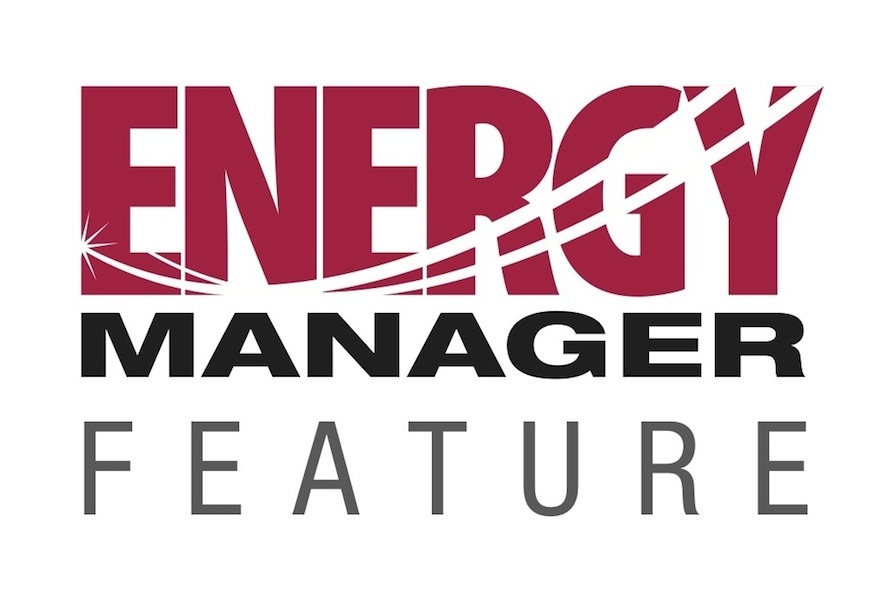
News
FEATURE – Geothermal the answer for new Ontario curling rink
August 8, 2012 - Inconsistent ice conditions have become a thing of the past at the Hearst Community Curling Club in Northeastern Ontario, thanks to the geothermal technology installed in the club’s new building, said facility management.
August 8, 2012 By GeoSmart Energy

The four-sheet curling rink marked its official opening on February 25 and facility management says it is quickly realizing the benefits of the renewable energy alternative over conventional heating and cooling systems in a community characterized by winter temperatures of -40ºC.
“In our old building, we could have as much as a 16 degree swing in temperature from one section of the ice to another making for less than optimum curling conditions,” said Larry Wesley, the club’s ice technician. “Now, we’re able to keep the ice temperature on all four sheets at a relatively constant -5ºC, with never more than a 2º fluctuation, making the surfaces ideal for curling.”
Maintaining a consistent temperature across the entire ice surface contributes to consistent rock speed and curl.
When the curling club’s aging facilities lead to plans to construct a new building, the club turned to GeoSmart Energy, local GeoSmart dealers Canadian Geo and Greenviro Engineering to explore the feasibility of using geothermal technology to heat and cool the building and help maintain consistent ice conditions.
“Cal Delorey from Gagnon & Associates was instrumental in bringing the parties to the table and championing the benefits of geo as a renewable energy solution,” said the club. “What started out as a simple diagram on a napkin in a restaurant blossomed into one of the most efficient curling rinks in the province.”
George Njegovan of Greenviro Engineering took that napkin and transformed the diagram into a geothermal blueprint for the club.
Maintaining icy temperatures
More than 30,000′ of horizontally looped ¾” polyethylene pipe was buried in the ground outside the building, where it is tapping into the earth’s natural heating and cooling properties to distribute warm or cool air throughout the curling club during the year. The system features five separate 10-tonne headers, each of which run separately into the building.
The loop system feeds into 17 circulating heat pumps inside the building. Six 5-tonne GeoSmart Premium H water to water units are being utilized to freeze the four curling sheets. Six 3-tonne GeoSmart Premium G forced air units, each featuring a secondary compressor for dehumidification, have been installed around the four sheets to help maintain the ice at -5ºC. Low humidity is an important factor in preventing the condensation of water on the ice. Two 4-tonne GeoSmart Premium G forced air units are located at the front of the building on the first and second floors, which feature a banquet hall, viewing area and office space, to help maintain a comfortable temperature in these areas.
A series of ¾” pipes is buried about 1¼” below the 60’ x 120’ concrete floors that make up each sheet of ice. A water solution from an 850 gallon cold tank circulates through the pipes beneath the ice during the freezing of the ice to help maintain the ice temperature.
“While the system was expected to generate an ice freeze of 1¼” on top of each rink’s concrete floor,” said Jay Labbe of Canadian Geo, which completed the installation. “It has far exceeded expectations, generating a 3” base instead.”
Extracting heat for a purpose
One of the by-products when freezing the ice is extracting heat. While the Premium H water to water is used to circulate water from the 850 gallon cold tank to freeze the ice, it also needs to get rid of excess heat. This excess heat is transferred into an 850 gallon hot water tank, helping to provide the club with free hot water. When the hot water tank gets hot, the forced air units extract the heat to warm the remainder of the building.
The configuration of the forced air units in the rink area allows for quality air circulation by forcing the air into a circular motion, which also contributes to maintaining a more consistent temperature at ice level.
“The forced air units are all on tri-thermostats,” noted Steve Marco, operations manager, GeoSmart Energy. “This means the club can monitor the system electronically from remote locations pretty much anywhere in the world, including the ability to turn the system on and off.”
“We run four sheets five nights a week during the winter,” added Wesley. “That means we have 32 people in here curling every night, so it’s important that we are able to provide the best possible curling conditions, and with this new geothermal technology, we’re able to do just that. The ambient temperature is perfect.”
***
By GeoSmart Energy
Print this page